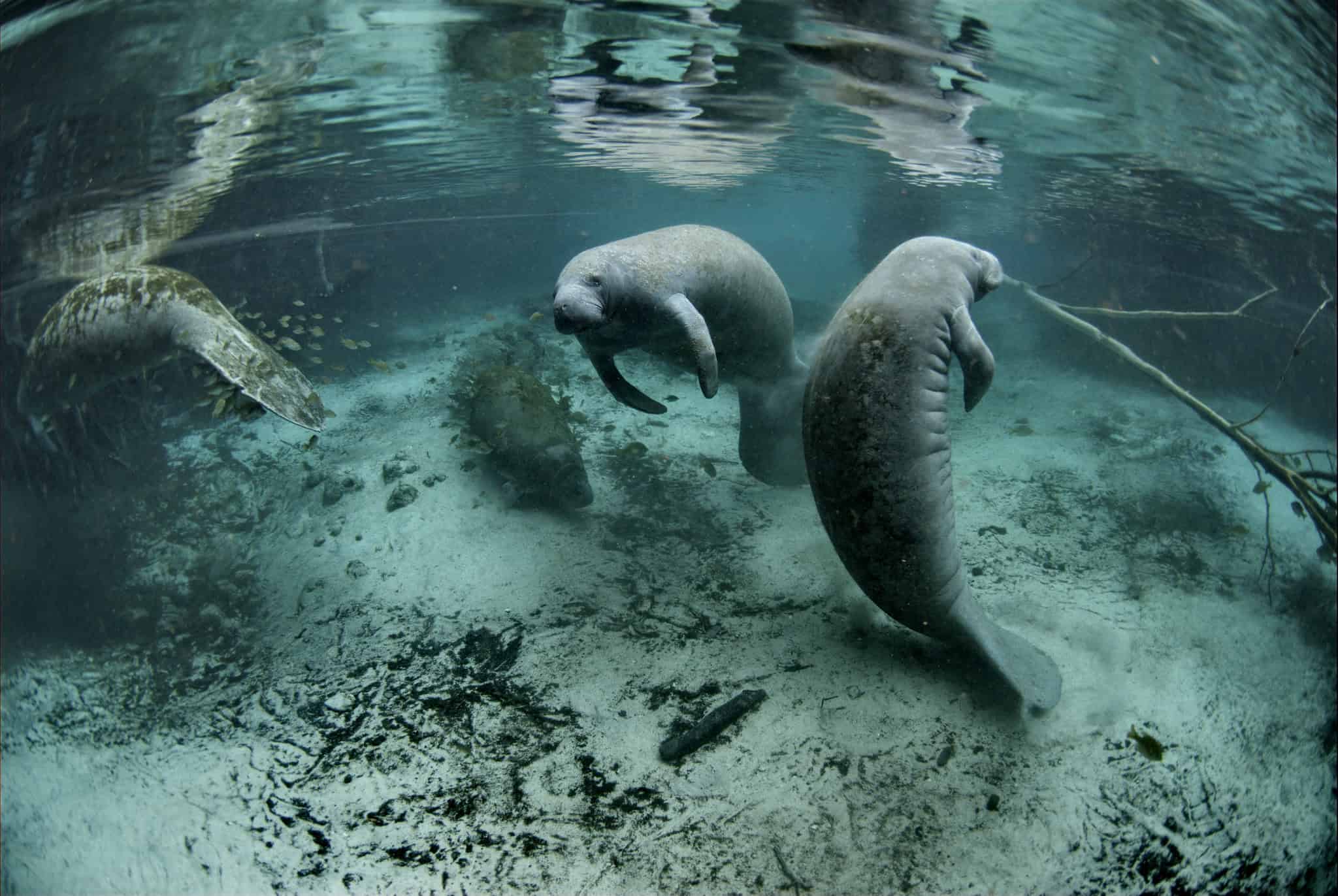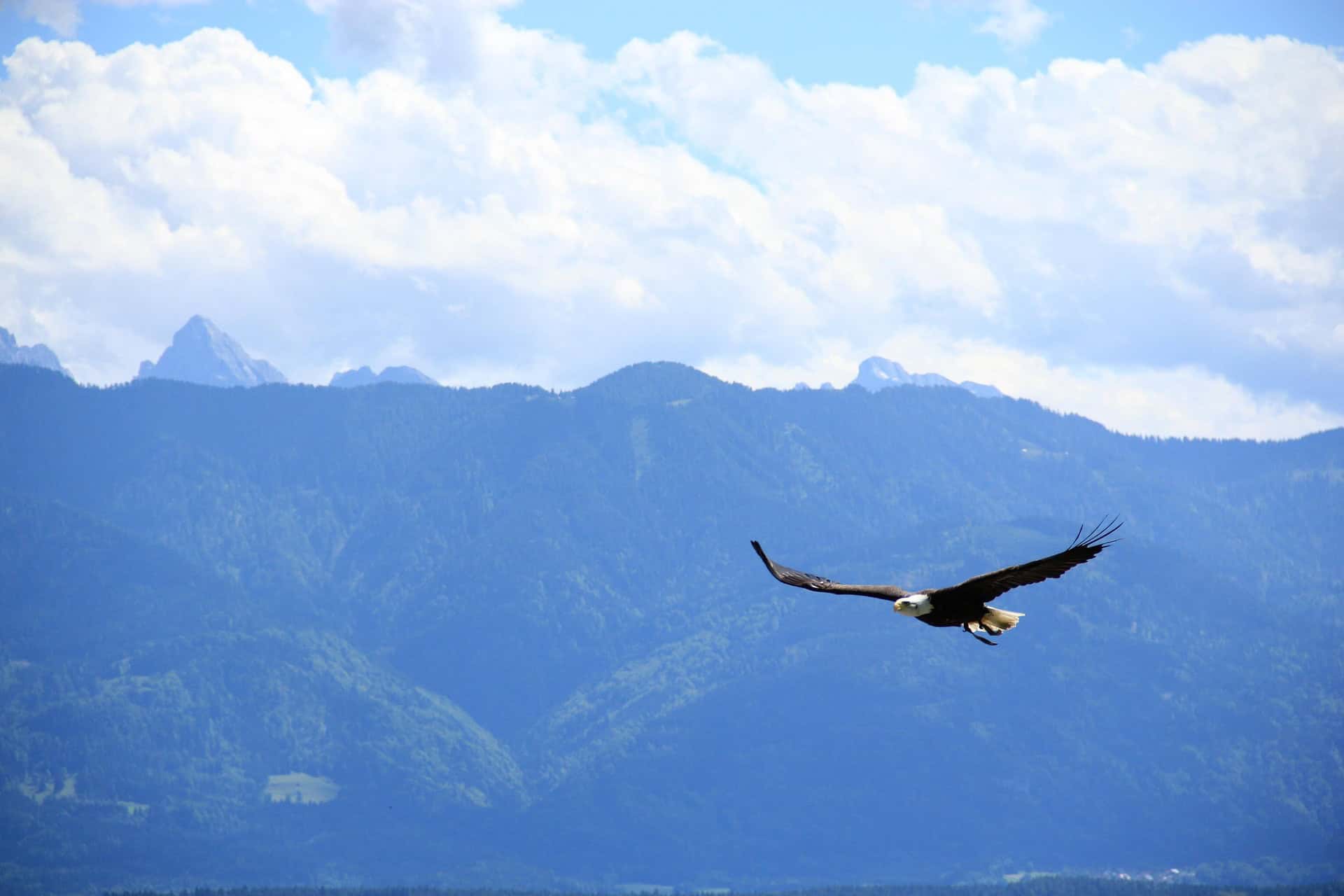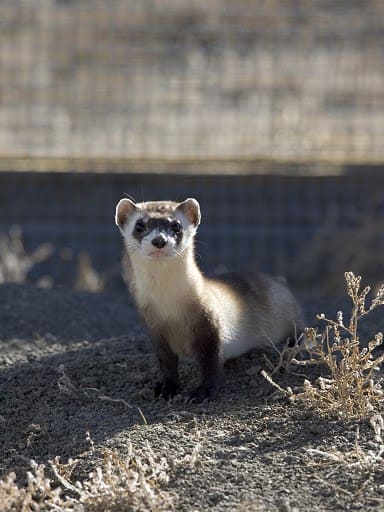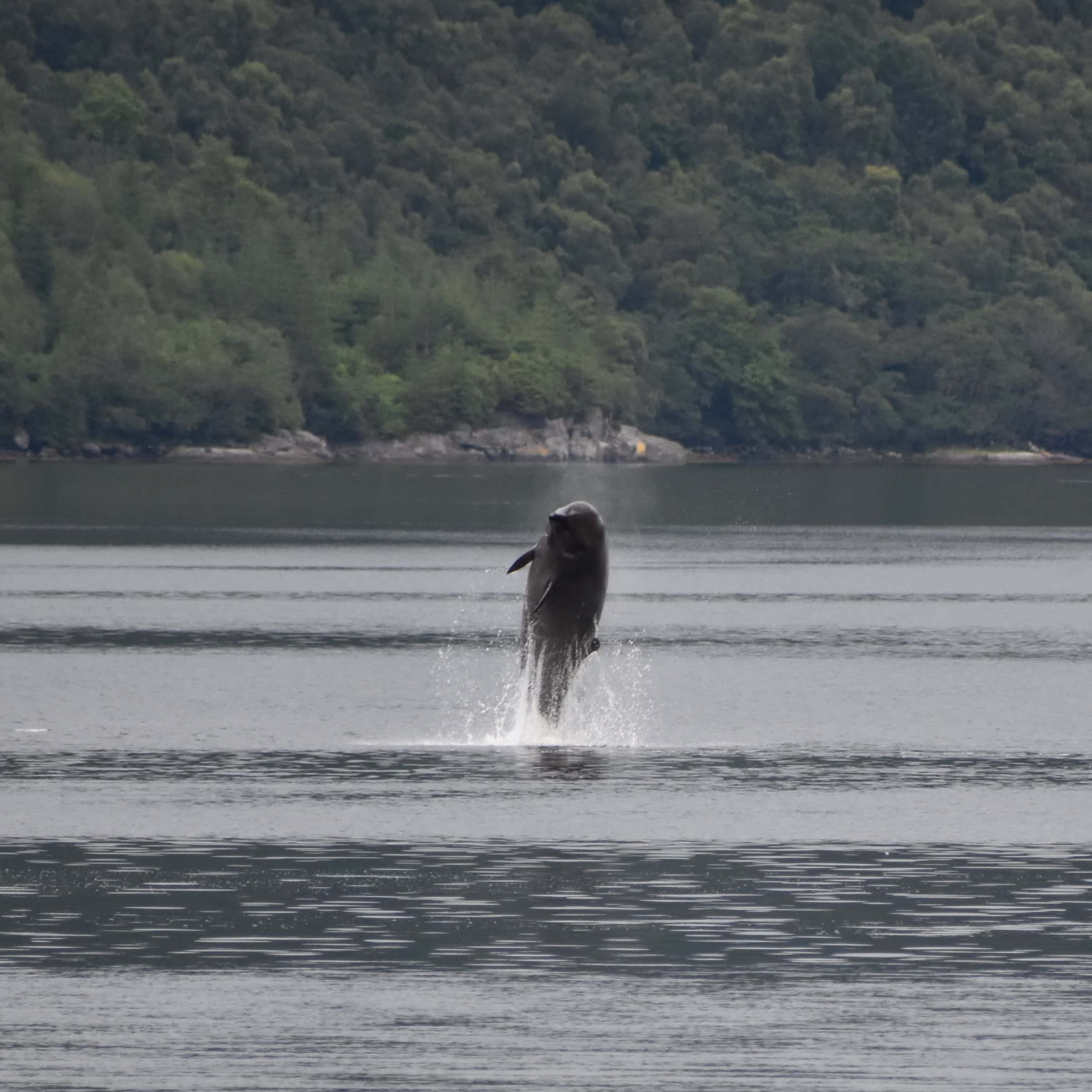Share this article
Wildlife Featured in this article
- Manatee
Lessons from the past may improve the future for manatees
Florida manatee populations increased just as human populations grew during the 1800s and 1900s
While current manatee populations in Florida are threatened, their populations are higher than they ever historically were.
Records show that manatee (Trichechus manatus) populations grew and began expanding across the Florida Peninsula during the same documented periods of human population increases, anthropogenic landscape changes, and social and policy changes. But with an increase in humans, they face new problems like pollution and algal blooms. The U.S. Fish and Wildlife Service initially listed them as endangered in the 1970s, and they were recently downlisted to threatened in the 2017.
“What we can say for sure is that manatees are sparsely represented in the archeological and historical records until the 1700s and 1800s,” said Thomas Pluckhahn, a professor in the Department of Anthropology at the University of South Florida.
Pluckhahn, a co-author of a new study on manatees published in PLOS One, pored over records of manatee remains at archeology sites, as well as historical accounts of manatee sightings from newspapers and journals ranging from 12,000 BC through the mid-20th century. He attributes manatee population growth to a few factors, including warming ocean waters.
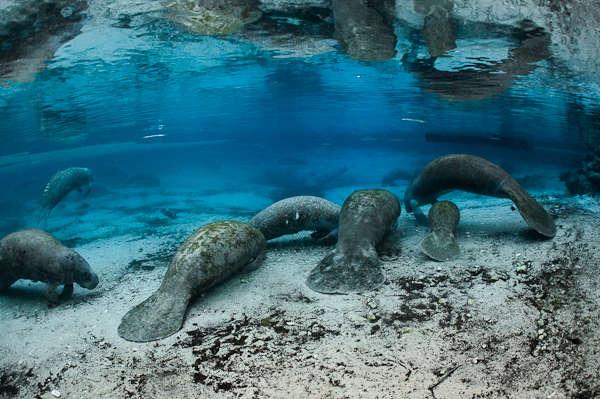
Temperature fluctuations
Pluckhahn said there was a centuries-long cold spell called the “Little Ice Age” that began in the 1200s and lasted into the 1800s. He said that the effects of this are often debated, but studies of corals in the Caribbean suggest that water surface temperatures during that time were lower in the winter.
“Manatees are subject to cold stress even today, but you can imagine with the water temperature even a couple of degrees colder in the winter that would have been a limiting factor in their populations,” he said.
Though the impacts of anthropogenic climate change on manatees are a mixed bag, warmer waters surrounding Florida have helped the species.
“It’s made things more hospitable for manatees,” Pluckhahn said. “Manatees need warm water. After going through newspaper accounts of when they started to be spotted more often in South Florida, they were being seen in yacht basins, canals and shallow water.”
Residents in the Miami area even noticed that manatees were populating industrial outflows—such as those surrounding power plants—because of the warmer water, he said.
“We started building more and more power plants, and now those areas are critical refuges for manatees,” Pluckhahn said.
As power plants go offline, the U.S. Fish and Wildlife Service, the Florida Fish and Wildlife Conservation commission and other partners are also working to implement a warmwater habitat action plan.
New neighbors
Despite an increasingly complicated relationship between manatees and Florida’s growing population, the influx of power plants to support infrastructure isn’t the only human action that has helped the aquatic mammals.
Pluckhahn said that another reason for manatees’ growing populations can be attributed to Florida enacting legal protections for the species. Additionally, the creation of protected areas like Everglades National Park allowed manatees to expand their range.
“Manatees and humans are thoroughly entangled, and people love them,” he said.
It’s that love for manatees that has also benefited Florida in the way of tourism dollars—though there’s always the possibility that it could be too much of a good thing.
“Manatees benefited from the increasing population of Florida, and the Anthropocene was good for them up to a point,” Pluckhahn said. “Today, they aren’t benefiting as much, especially with the increase of algal blooms, the loss of seagrass and pollution.” Boat strikes also continue to be a major problem for manatees.
Pluckhahn said that on the east coast of Florida, due to the loss of seagrass meadows, resource managers have had to resort to supplementing manatee diets with lettuce.
A better future
Even though manatees may be better off in the modern era according to historical accounts, Pluckhahn said that he does not suggest the species shouldn’t be protected.
In fact, some people argue the species should be uplisted from threatened to endangered. “We don’t want this research to argue that manatees shouldn’t be listed as endangered,” he said. “They were downlisted, and that hasn’t worked out very well. Our point with this research was that it’s important to protect them, especially because we, as humans, value them.”
Pluckhahn added that examining historical evidence of the species could further improve their health and numbers.
“Even if we can’t get back to a historical baseline, there’s a value in understanding how manatee populations have developed and how we want to plan for the future,” he said.
Header Image: A Florida manatee in Crystal River National Wildlife Refuge. Credit: David Hinkel, USFWS



